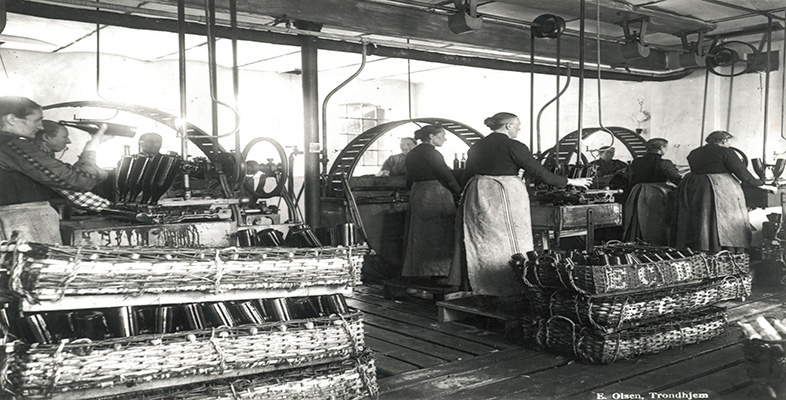The politics of production
The medium of film came into existence in the late nineteenth century and by 1914 had developed from a fairground attraction into a popular, if often low-brow, entertainment housed in purpose-built cinemas. But it had found commercial success, becoming a huge international undertaking. Before the outbreak of hostilities in 1914, international production and distribution were dominated by the French, British and Italian film companies (Chapman, 2001, p. 174). Although war disrupted trade across Europe, its effects on each local film industry varied greatly. In Britain and France, film production declined rapidly during the war years, and those cinemas that remained open to the public filled their programmes with Hollywood imports. In contrast, the isolation of Germany and Russia encouraged growth in local film production. In Russia, the vibrancy of local production was relatively short-lived, as it was interrupted by revolution in 1917 and failed to attract the necessary audiences during the 1920s. However, during the 1920s, Germany became the largest European film producer: in terms of its local market, German film companies produced at least as many films as were imported (Laqueur, 1974, p. 230). During the interwar years, as the dominance of Hollywood productions in Europe increased, some governments attempted to promote their national film industry: while the British government introduced a quota forcing cinemas to show a set number of local films, in Germany and France the importation of foreign films was limited in 1925 and 1931 respectively, and in the Soviet Union film imports were stopped altogether in 1929.
While film production was conducted by private companies on an international scale, radio broadcasting, by contrast, was typically national and controlled by the government. Wireless telegraphy and telephony had advanced significantly during the two decades before the outbreak of war; during the war, radio-telephony was used as a method of communication on the battlefield and amateur wireless activities were, as far as possible, brought under state control (Briggs, 1961, p. 39). Even if war had helped to develop wireless technology and increase the power of the state, broadcasting was predominantly a new feature of interwar society in Europe. With their established monopoly over the airwaves through licensing systems governments across the continent had the power to determine who broadcast signals as well as who received them. By 1938, ‘of the thirty European national broadcasting systems in existence, thirteen were state owned and run, nine were government monopolies, four were directly operated by governments, and only three were privately-owned’ (Aldgate, 2001, p. 167).
